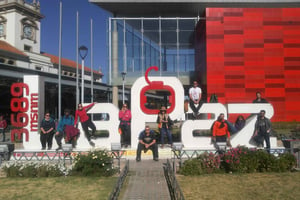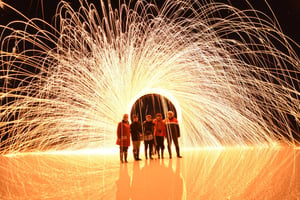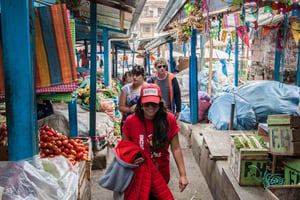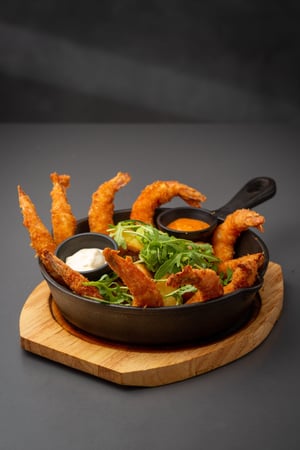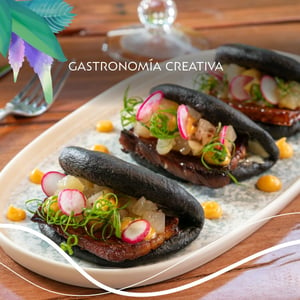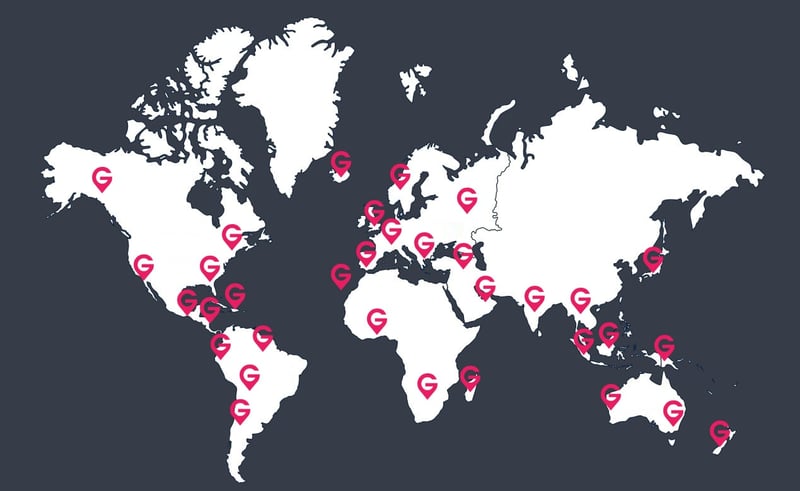Regional Information
Bolivia, officially known as the Plurinational State of Bolivia, is a country located in the heart of South America. It is one of the most diverse countries in the world in terms of culture, ethnicity, and biodiversity, with a population of around 10.1 million people. Bolivia is home to a vast range of attractions, from the majestic Andes Mountains to the largest salt flats in the world, colonial Spanish cities, and the Amazon rainforest. With its unique blend of cultural diversity and stunning landscapes, Bolivia is a fascinating destination for travelers seeking something different.Geography:
Bolivia is one of the world's most diverse countries, both in terms of culture and ethnicity, as well as biodiversity. The country has a small population in relation to its size and is concentrated in three major urban areas: the cities of La Paz, Cochabamba, and Santa Cruz, while the rest of the country is sparsely populated. It is the least explored and least populated country in South America. Much of its vast natural resources remain untouched. Bolivia is home to high snow-capped mountains, the largest salt flats in the world, high-mountain thermal baths, Inca ruins, tropical valleys, the Amazon rainforest, extensive wetlands, Spanish colonial cities, and many more attractions. The majestic Andes, the sacred Lake Titicaca, multicolored lagoons filled with flamingos, narrow mountain roads above deep ravines and abysses are all part of the landscape of this mysterious country.
Tourist destinations:
Bolivia's cities retain a colonial atmosphere where time seems to have stopped. The main cities to visit are:
- La Paz: It is the seat of the national government and one of the highest cities in the world. The city serves as a starting point for a series of tourist attractions, such as climbing in Sorata, traveling on the world's most dangerous road, or visiting Bolivia's most famous ruins, Tiwanaku.
- Sucre: Although La Paz is the seat of government, Sucre is the official capital of Bolivia and the seat of the judiciary. It is famous throughout Bolivia for its beautiful and well-preserved center, pleasant climate, and peaceful atmosphere.
- Santa Cruz: Bolivia's second-largest city but considered the country's economic capital.
- Cochabamba: Bolivia's third-largest city, with a pleasant climate and the best food. From the statue of Christ the Redeemer, there is an incredible view of the entire city.
History and culture:
Before the arrival of the Spanish in the 16th century, the area was home to various indigenous civilizations, including the Inca Empire. The Spanish conquest of Bolivia, then known as "Alto Peru," was completed in the early 1530s, and the country became a major source of silver for the Spanish empire. The indigenous population was forced into slavery and used as a source of labor through the mita system.
Bolivia gained independence from Spain in 1825 and was named after the famous liberator Simon Bolivar. However, the country struggled with internal conflicts and lost large portions of its territory to neighboring countries, such as Chile, Brazil, and Paraguay, over the years.
In the early 20th century, Bolivia experienced political instability and military coups. The National Revolutionary Movement (MNR) emerged as a political force and introduced significant reforms, including universal suffrage and agrarian reform, under the leadership of Victor Paz Estenssoro in the 1950s. However, the MNR faced opposition and was overthrown by a military coup in 1964.
The country also experienced a guerrilla war in the 1960s led by the famous revolutionary, Che Guevara, which was ultimately defeated by the Bolivian army with the help of the United States.
Since then, Bolivia has had a mix of democratically elected presidents and military leaders. In 2005, Evo Morales, an indigenous activist, was elected as the first indigenous president of Bolivia, and his government focused on social and economic reforms aimed at reducing poverty and promoting indigenous rights. Morales faced controversy and was forced to resign in 2019 following protests and allegations of election fraud.
Bolivia's rich history and diverse culture have influenced its present-day society, which is known for its vibrant music, dance, and art.
Today, the country has a rich cultural heritage with civilizations such as Tiwanaku, the hydraulic culture of the Lomas, the Mojenha culture, and others. The Aymara, Uru, Chiquitano, Guarani, and other indigenous groups coexist with other ethnic groups. In its current political constitution, Bolivia is recognized as a plurinational country, acknowledging that several nations with origins predating Spanish colonization exist within its territory. Spanish is the official and predominant language, although 36 indigenous languages also have official status, of which the most widely spoken are Quechua, Aymara, and Guarani.
Bolivia has preserved its ancient indigenous traditions, which blend with Spanish celebrations brought over 500 years ago. These customs and traditions are showcased in a variety of native festivals throughout the year, which attract tourists from all over. The most significant festivals include the Carnaval de Oruro, which is held in honor of the Virgen del Socavón, and the Fiesta de San Pedro, which is considered the most important event for indigenous Bolivians. Other notable celebrations include Semana Santa, Día de la Nación, Día de Todos los Santos, and Christmas and New Year's festivities.
Demographics and Economy:
Bolivia has a population of approximately 10.1 million inhabitants according to the latest census of 2012. It is a multiethnic state, with people of indigenous, mixed, European, Asian, and African origins. Bolivia is a middle-income developing country and has been one of the fastest-growing economies in the South American region in the last decade.
Practical information for tourists:
Bolivia's tranquility and the combination of cultural diversity with stunning geography attracts tourists seeking something different. Travelers should be aware of the following basic aspects of Bolivia:
Visa: Depending on your country of origin, you may need a visa to enter Bolivia. Some countries are exempt from visa requirements while others can obtain a visa on arrival. You can check with the Bolivian embassy or consulate in your country for specific requirements.
- Currency: The currency used in Bolivia is the Bolivian Boliviano (BOB). It is recommended to exchange money at official exchange offices or banks, as they offer better exchange rates than hotels or street vendors. Credit cards are accepted in most hotels and restaurants in major cities, but cash is still the preferred method of payment in smaller towns and villages.
- Language: The official language of Bolivia is Spanish, but many indigenous languages are also spoken throughout the country. It is recommended to learn some basic Spanish phrases if you plan to travel outside major cities.
- Transportation: The most common modes of transportation in Bolivia are buses and taxis. It is important to be aware of your surroundings and take precautions when using public transportation, especially at night. It is recommended to use licensed taxi services and negotiate the fare before getting into the taxi.
- Climate: Bolivia has a diverse climate due to its altitude and geography. The highlands are generally cold and dry, while the lowlands are hot and humid. The best time to visit Bolivia is during the dry season (May to October), when there is less rain and the weather is more predictable.
- Safety: Bolivia is generally a safe country for tourists, but it is important to take precautions to avoid theft and pickpocketing. It is also recommended to avoid demonstrations and protests, as they can turn violent.
- Tourist attractions: Bolivia has many natural and cultural attractions for tourists to visit, including the Uyuni Salt Flats, Lake Titicaca, the Amazon rainforest, the historic city of Sucre, and the ancient ruins of Tiwanaku.























